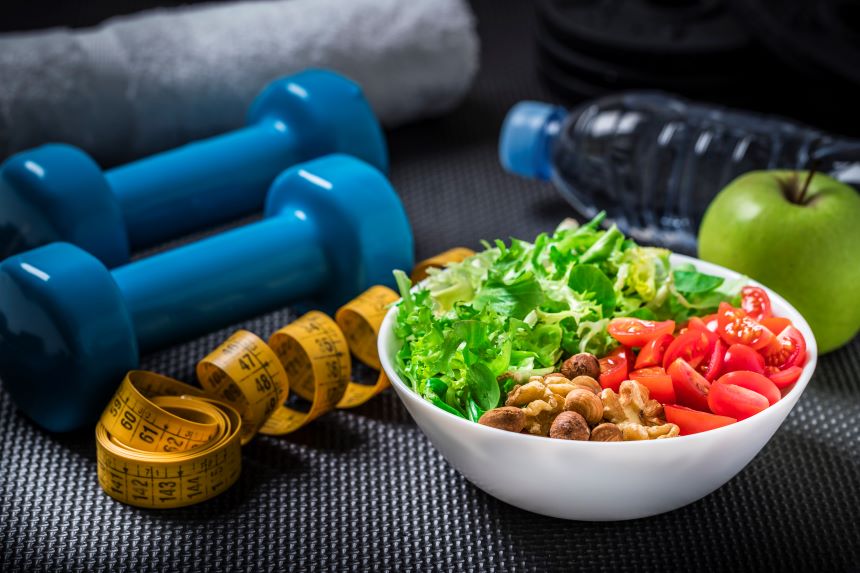I’m A Runner. Will I Always Deal with Knee Pain?
Running is an excellent sport for overall health — strengthening your musculoskeletal and cardiac systems — but injuries are common, even if you’re careful to avoid them.
Most of us don’t have formal running training, yet running remains a popular way to exercise. More than 60 million people ran or jogged in 2017.
We expect our knees to absorb the shock of running and our joints to work. Unfortunately, our bodies don’t always cooperate. The most common injuries can include sprains, tears, fractures and dislocations. The result is pain, inflammation and swelling -- but it doesn’t have to be.
How the Knee Helps Us Run
Your knee joints are made up of bone, ligaments, cartilage and fluid, which all must work together to allow for smooth movement and shock absorption. The knee joint is one of the easiest to injure, because it is largest joint in the body.
Proactive injury avoidance is the best way to keep your knees pain-free and keep you logging those miles.
Tips to Avoid Injury
- Stretch. We often think of flexibility as a quick stretch right before or after running, but this is not enough to prevent injury. Runners need to work on their flexibility because tight muscles are more prone to injury. Activities like yoga and active stretching can improve flexibility and enhance our ability to run with good form.
- Strengthen. Strong muscles are essential for running. When you strengthen the quadriceps and hamstrings, you help protect your knees. These large muscles help the knee joint absorb shock. Cross-training activities other than running (such as a stair-stepper or an elliptical machine) can help you build balanced, strong muscles. Also, light weights, squats and lunges can help prepare your legs and knees for a great run.
3 Steps Beyond the Basics
Once you have conditioned your body with strengthening and stretching exercises, you can focus on other facets of running. Each of these can help enhance your ability to run with ease.
- Proper shoes. It is vital to have running-specific shoes that support and cushion your knees and feet. Shoes provide the foundation for a good running stride. Seek out a running store that offers experts who can help address specific running needs. Be sure to share the surface you typically run on, so the expert can determine the best shoe for you. Also, don’t forget to buy new shoes often, probably more frequently than you think. The consensus among runners is about every 300 to 500 miles.
- Choose the right surface. To avoid injury, look for solid-level surfaces. Your knees work extra hard if you only run outside on concrete and trails. If you have knee pain but honestly dislike treadmills (which provide a large cushion and an even surface), consider switching to a treadmill for half of your runs. This simple change could relieve your knees enough to make your outdoor runs more enjoyable.
- Consult an expert. A physical therapist or a running trainer can help evaluate your gait. For most runners, a little education can significantly improve form and go a long way toward preventing future injuries. They can provide you with suggestions to help improve your overall running.
Unfortunately, sometimes injuries happen, even when we do our best to avoid them. If you have pain in your knees after a run, try the RICE method for two weeks.
Rest. Try to avoid putting unnecessary weight on your knees.
Ice. Use a cold pack for 20 minutes at a time on the painful area.
Compression. Wrap the knee with a soft bandage or bandage wrap.
Elevate. While resting, elevate the area to reduce swelling.
Most simple aches and pains will resolve within two weeks, but it may be time to see a doctor or orthopedic surgeon if you continue to feel discomfort. Also, if you experience sudden severe pain, consider treatment at an urgent walk-in clinic. A physician can determine the next steps to get you on the road to recovery.Choose to Stay in Touch
Sign up to receive the latest health news and trends, wellness & prevention tips, and much more from Orlando Health.
Sign Up










